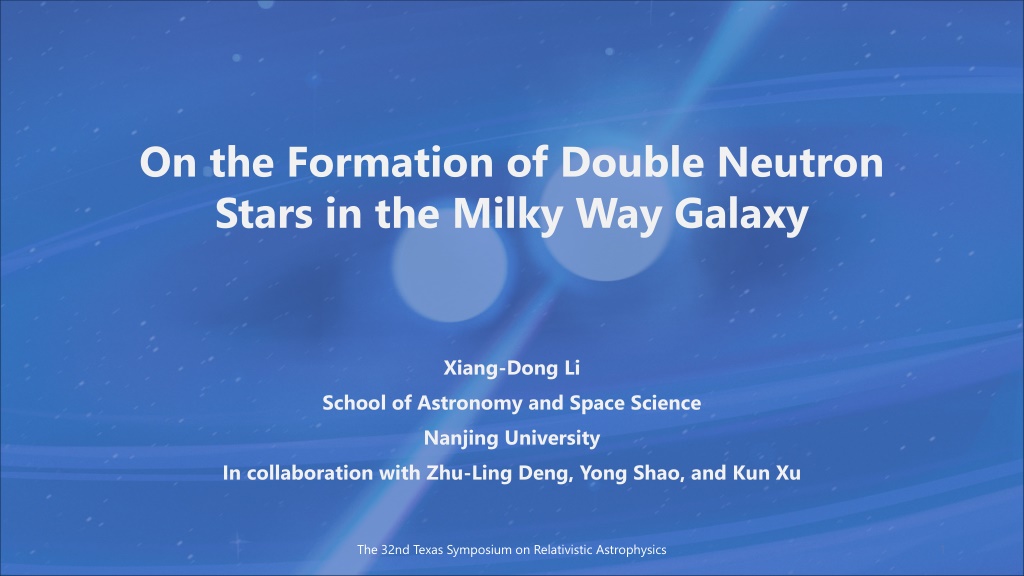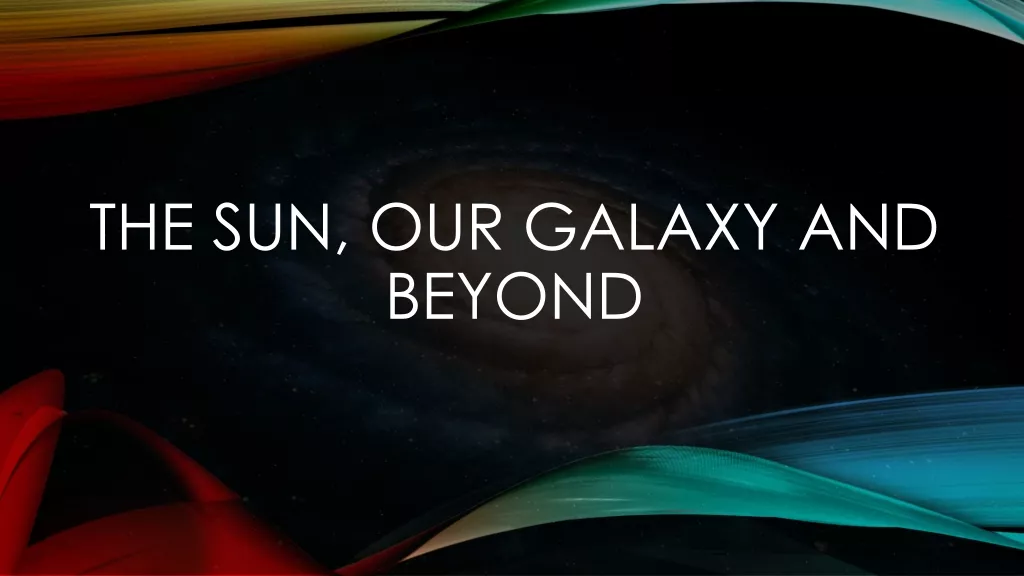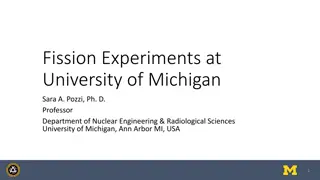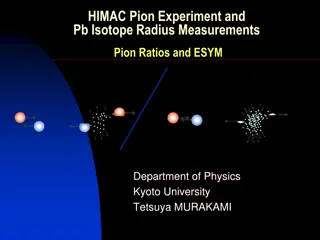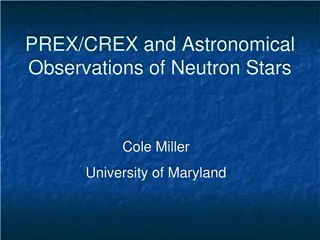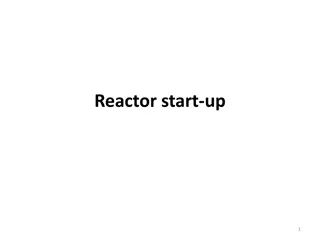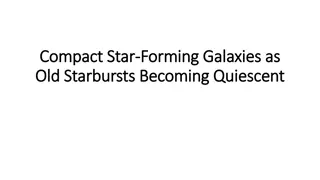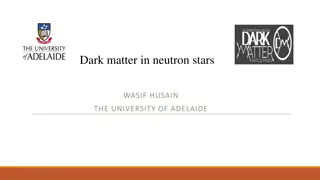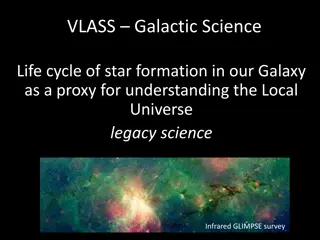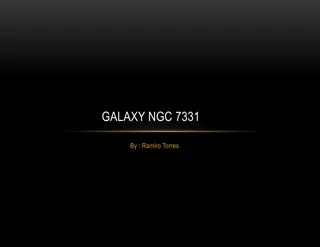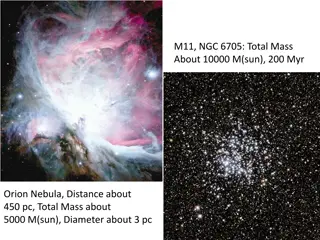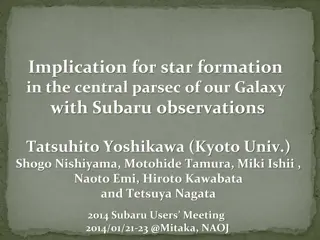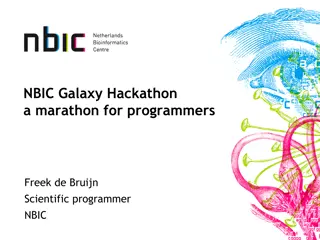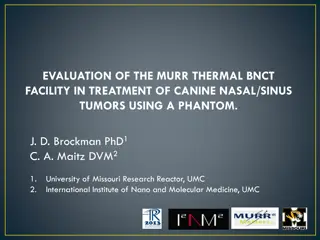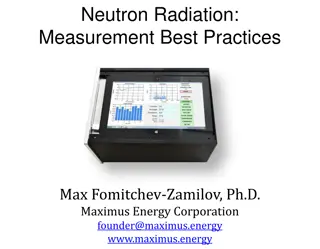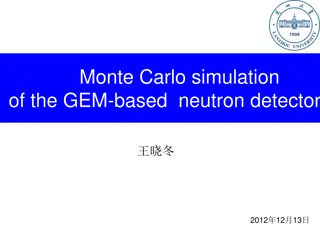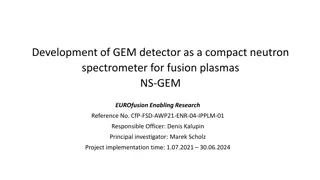Insights on Double Neutron Star Formation in Our Galaxy
Detailed examination of the formation of double neutron stars in the Milky Way Galaxy, exploring various merging channels, uncertainties in binary evolution, and models compatible with gravitational wave observations. Emphasis on testing and constraining models with Galactic double neutron stars.
Download Presentation

Please find below an Image/Link to download the presentation.
The content on the website is provided AS IS for your information and personal use only. It may not be sold, licensed, or shared on other websites without obtaining consent from the author.If you encounter any issues during the download, it is possible that the publisher has removed the file from their server.
You are allowed to download the files provided on this website for personal or commercial use, subject to the condition that they are used lawfully. All files are the property of their respective owners.
The content on the website is provided AS IS for your information and personal use only. It may not be sold, licensed, or shared on other websites without obtaining consent from the author.
E N D
Presentation Transcript
On the Formation of Double Neutron Stars in the Milky Way Galaxy Xiang-Dong Li School of Astronomy and Space Science Nanjing University In collaboration with Zhu-Ling Deng, Yong Shao, and Kun Xu The 32nd Texas Symposium on Relativistic Astrophysics 1
Merging Double Compact Objects Stimulated by the detection of gravitational waves (GW) events, various formation channels of merging double compact objects have been proposed (Barack et al. 2019; Mandel & Broekgaarden 2022; Mapelli et al. 2022 for reviews). isolated binary evolution chemically homogeneous evolution dynamical interactions in dense environments hierarchical triple evolution binary evolution in active galaxy nucleus disks For the first time, it is possible to quantitatively compare the merging rate predictions against observations. The 32nd Texas Symposium on Relativistic Astrophysics 2
Ever for the most studied isolated binary evolution channel, there exist big uncertainties in the input parameters and in the binary evolution processes involved. The metallicity-dependent star formation history Stellar winds & rotation Mass transfer mode & stability Common envelope evolution Supernova mechanisms & kick velocity Marchant & Bodensteiner 2023 The 32nd Texas Symposium on Relativistic Astrophysics 3
All theoretical models seem to be compatible with GW observations! Mandel & Broekgaarden 2022 The 32nd Texas Symposium on Relativistic Astrophysics 4
Test and constrain models with Galactic double neutron stars Double neutron stars (DNSs) are the only double compact objects for which direct observations are available through traditional electromagnetic astronomy. A viable model predicting the properties of merging DNSs detectable by GW observatories should also be simultaneously able to account for the Galactic DNS population. (Phinney 1991; Narayan et al. 1991; Tutukov & Yungelson 1993; Portegies Zwart & Yungelson 1998; Belczynski & Bulik 1999; Voss & Tauris 2003; Wang et al. 2006; Belczynski et al. 2008; Wong et al. 2010; Osl owski et al. 2011; Andrews et al. 2015; Beniamini & Piran 2016; Belczynski et al. 2017; Tauris et al. 2017; Vigna-Gomez et al. 2018; Chruslinska et al. 2018; Andrews & Mandel 2019; Andrews & Zezas 2019; Chattopadhyay et al. 2020; Chu et al. 2022) The 32nd Texas Symposium on Relativistic Astrophysics 5
small eccentricities and will merge within Hubble time wide systems and will not merge within Hubble time large eccentricities and will merge within Hubble time The 32nd Texas Symposium on Relativistic Astrophysics 6
Modeling the formation & evolution of Galactic DNSs The 32nd Texas Symposium on Relativistic Astrophysics 7
Key parameters in the formation of Galactic DNSs Mass accretion efficiency (1) rotation modulated ?2 ???) ?2= ?1(1 (2) half of the transferred mass is accreted ?2= (3) limited by thermal timescale mass transfer ?1/2 ? ? ???,2,1) ?2= ?1 ???( The 32nd Texas Symposium on Relativistic Astrophysics 8
Key parameters in the formation of Galactic DNSs Common envelope evolution efficiency binding energy of the envelope orbital energy Binding energy parameter depending on the stellar evolutionary stage (Xu & Li 2010; Wang, Jia, & Li 2016) Wang, Jia, & Li 2016 The 32nd Texas Symposium on Relativistic Astrophysics 9
Key parameters in the formation of Galactic DNSs Supernova (SN) models Core-collapse supernovae (CCSN) rapid explosion model (Fryer et al. 2012) delayed explosion model (Fryer et al. 2012) stochastic explosion model (Mandel & Muller 2020) Electron-capture supernovae (ECSN) helium core mass ranges MHe= (1.83- 2.25) Msun and (1.83-2.75) Msun Ultra-stripped supernovae (USSN) rapid explosion model Kick velocity distributions Rapid and delayed explosion model: ??=150 or 300 kms-1 stochastic explosion model: probability distributions depending on the masses of the CO core Electron-capture supernovae: ??= 20 or 40 kms-1 Ultra-stripped SN (Andrews & Zezas 2019) The 32nd Texas Symposium on Relativistic Astrophysics 10
(324) Binary evolution models constructed The 32nd Texas Symposium on Relativistic Astrophysics 11
Radio detectability of DNSs Initial spin periods and magnetic fields of the recycled pulsars Tauris et al. 2017 The 32nd Texas Symposium on Relativistic Astrophysics 12
Radio detectability of DNSs Radio luminosity Radio flux Beaming fraction of pulsed radiation Death line for radio emission The 32nd Texas Symposium on Relativistic Astrophysics 13
Radio detectability of DNSs Doppler modulation of pulsed signals in binaries make it difficult to detect binary pulsars We adopt soft cut-off of such radio selection effect observable observable unobservable unobservable Bagchi et al. 2013 The 32nd Texas Symposium on Relativistic Astrophysics 14
Comparison of the merger rate of Galactic DNSs The merger rate strongly depends on the CE eciency CE. Pol et al. 2019, 2020 Desvignes et al. 2019 The overall merger rates in MT I and II models are higher than in MT III model. For MT I and III models, to be compatible with the inferred estimates requires CE~5 10. For MT II model, the allowed values of CEreside in a wide range of 0.5-10. The 32nd Texas Symposium on Relativistic Astrophysics 15
Bayesian analysis of the orbital period and eccentricity distributions of pulsar-NS binaries No apparent dependence of ? on the CE efficiency CEand the mass transfer model. SN B model is preferred over other SN models. The 32nd Texas Symposium on Relativistic Astrophysics 16
The best model ??=20/300 kms-1 for electron capture/core-collapse supernovae 50% accretion efficiency MTIISNBk20300 5 Common envelope efficiency CE= 5 Relatively large He core mass for electron-capture supernovae The 32nd Texas Symposium on Relativistic Astrophysics 17
Summary Population studies can provide useful information though still subject to many issues (e.g. limited DNS sample, complicated processes and uncertain initial parameters). Together with more detections of DNS, a thorough investigation is needed to incorporate the formation of massive binaries, high-mass X-ray binaries and binary pulsars in a self-consistent way. The 32nd Texas Symposium on Relativistic Astrophysics 18
